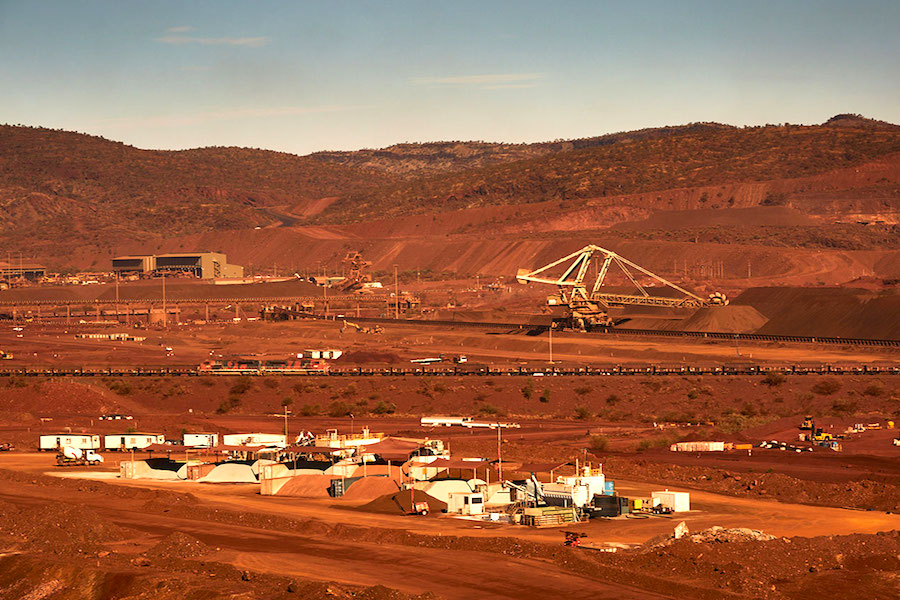
BHP Group said on Tuesday its iron ore production inched ahead in the December quarter, while its copper output surged 17% after improvements at its Escondida mine in Chile.
The world’s largest listed miner has completed an efficiency drive at its South Flank iron ore operations in Western Australia, delivering quarterly production of 73.1 million metric tons compared with 72.7 million tons in the same quarter last year.
That was largely in-line with the Visible Alpha consensus estimate of 72.8 million tons.
In copper production, which is increasingly the miner’s focus due to the global transition to energy that generates lower emissions, it recorded a 17% jump to 510,700 tons, driven by richer ore quality and improved processing efficiency at Escondida.
The company is bullish on copper’s long-term prospects, expecting a global copper deficit of 10 million metric tons a decade from now, which is driving its plans to spend at least $11 billion at the world’s biggest copper mine, Escondida, and other projects in Chile.
BHP maintained its iron ore production forecast for Western Australia operations at 282 million to 294 million tons, and expects to deliver production at the higher end of this range.
The company is also on track to meet the upper half of its 2025 guidance range at its BMA operations in Central Queensland, New South Wales Energy Coal division and the Samarco joint venture with Brazilian rival Vale.
“We are well positioned to continue strong momentum into the second half with a number of assets now expected to deliver production in the upper half of their respective ranges, while maintaining tight cost control,” BHP CEO Mike Henry said in a statement.
Shares of the miner rose 1% to A$40.67 per share in early trade, while the broader mining index gained 0.5%.
BHP expects its net debt balance to reach around $15 billion by the end of financial year 2025, towards the top end of its target range. This increase is primarily due to provisions related to the deadly 2015 Samarco dam collapse in Brazil.
Vale felt the impact of the same disaster, reporting a 15% decline in profits for the quarter that ended in September due to provisions related to the collapse.
(By Roushni Nair, Melanie Burton and Shivangi Lahiri; Editing by Deepa Babington, Diane Craft and Rod Nickel)
Comments